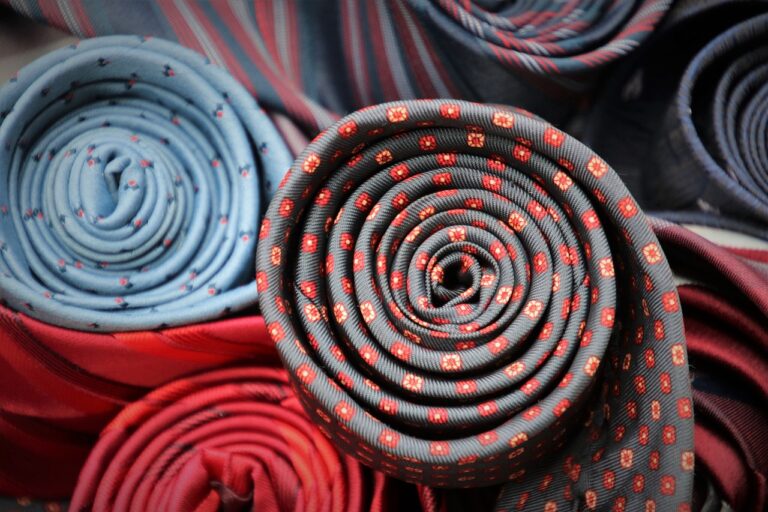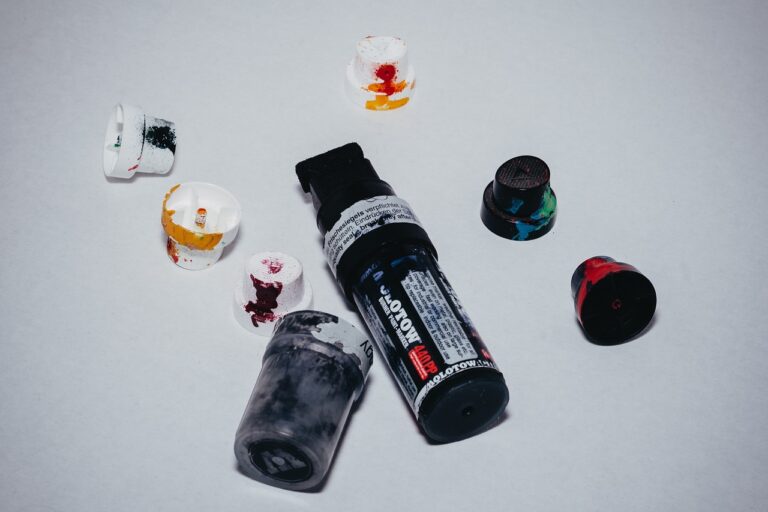The Intersection of Fashion and Technology: Wearable Tech Trends
The intersection of wearable technology and the fashion industry has ushered in a new era of functionality and style. From smartwatches that monitor health metrics to interactive clothing that adapts to the wearer’s environment, the possibilities seem limitless. Designers are now able to blend cutting-edge technology seamlessly into their creations, providing consumers with innovative and practical pieces that enhance both their everyday lives and fashion sense.
As consumers increasingly seek out products that offer both form and function, the demand for wearable technology in the fashion industry continues to grow. This trend has not only sparked creativity among designers but has also opened up a wealth of opportunities for tech engineers to collaborate on developing groundbreaking concepts. The integration of technology into fashion has redefined the way we perceive clothing, transforming garments into interactive and adaptive tools that cater to the evolving needs of modern society.
Innovative Fabrics and Materials in Wearable Tech
Innovative fabrics and materials play a pivotal role in the continuous evolution of wearable technology. Designers and engineers are constantly pushing boundaries to create garments that not only look stylish but also offer advanced functionality. From fabrics embedded with sensors for health monitoring to materials that can generate energy, the intersection of fashion and technology has opened up a realm of possibilities.
One of the key focuses in wearable tech is the development of smart textiles. These textiles blend traditional fabrics with cutting-edge technology, enabling garments to respond to external stimuli or even interact with the wearer. For instance, there are textiles that can change color based on body temperature or fabrics that can regulate heat to provide optimal comfort. Such advancements showcase the potential for wearable technology to revolutionize the way we engage with our clothing on a daily basis.
• Smart textiles combine traditional fabrics with technology
• Fabrics can change color based on body temperature
• Materials can regulate heat for comfort
• Wearable technology has the potential to revolutionize daily clothing interactions
Integration of Fashion Design and Tech Engineering
Fashion design and technology engineering are two distinct fields that have traditionally operated in separate spheres. However, in recent years, there has been a notable shift towards the merging of these disciplines. Fashion designers are increasingly recognizing the value of incorporating technological elements into their designs, while tech engineers are appreciating the importance of aesthetics and user experience in their creations.
This integration has led to the development of groundbreaking innovations in the fashion tech industry. From programmable LED clothing to 3D-printed accessories, the collaboration between fashion designers and tech engineers has opened up a world of possibilities for creative expression and functionality in wearable technology. By combining their expertise, these professionals are pushing the boundaries of traditional fashion design and engineering to create products that are not only stylish but also technologically advanced.
What is wearable technology in the fashion industry?
Wearable technology refers to clothing or accessories that incorporate technology such as sensors, electronics, and software to enhance the functionality and aesthetics of the garment.
How are innovative fabrics and materials used in wearable tech?
Innovative fabrics and materials such as conductive textiles, smart fabrics, and shape memory materials are used in wearable tech to enable features like temperature regulation, biometric tracking, and interactive displays.
How is fashion design being integrated with tech engineering?
Fashion design is being integrated with tech engineering through collaborations between fashion designers and engineers to create garments that are both stylish and technologically advanced. This includes incorporating functionalities like connectivity, data collection, and augmented reality into clothing.
What are some examples of wearable technology in the fashion industry?
Examples of wearable technology in the fashion industry include smart clothing that tracks fitness metrics, accessories with built-in GPS for navigation, and garments with LED lights for personalized lighting effects.
How is the integration of fashion design and tech engineering influencing the future of the fashion industry?
The integration of fashion design and tech engineering is influencing the future of the fashion industry by pushing boundaries in terms of design innovation, sustainability, and user experience. This collaboration is paving the way for new possibilities in wearable technology and smart textiles.







